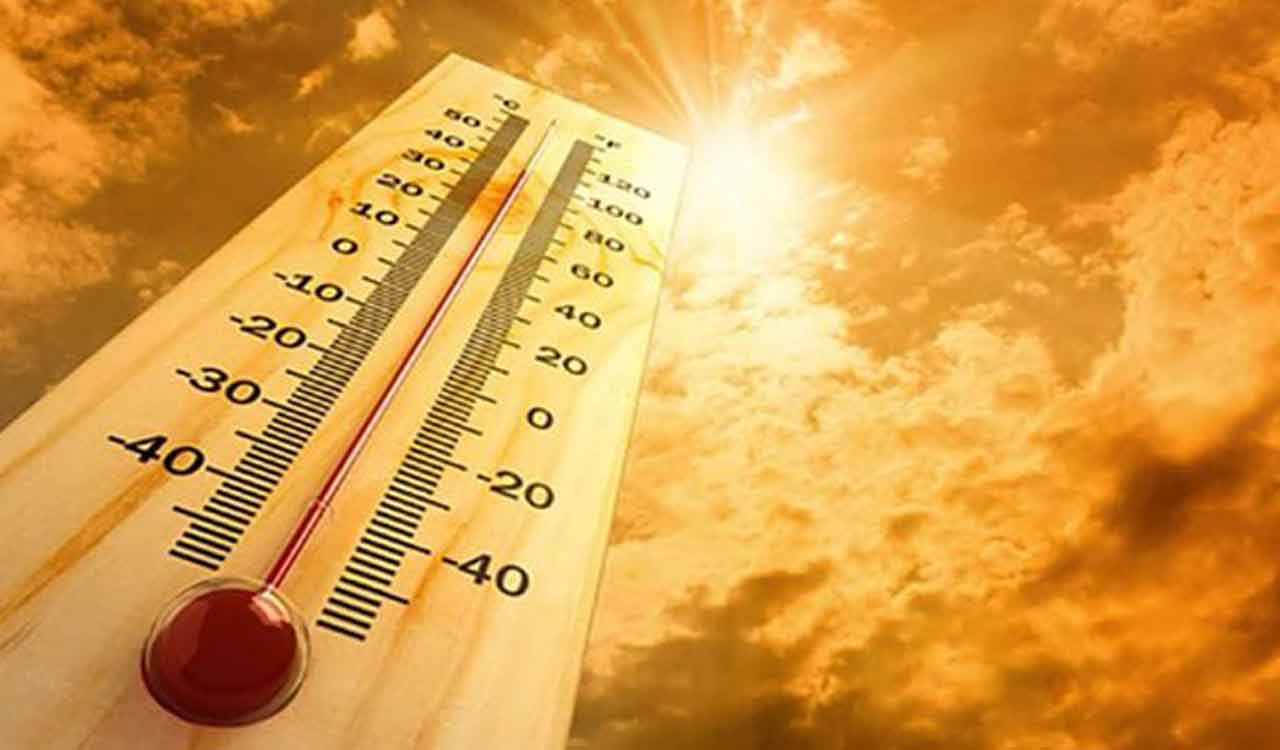Temperature is a fundamental concept in science that has both practical and theoretical applications. The concept of temperature helps us understand the behavior of different materials under various conditions, from the boiling point of water to the freezing point of nitrogen. It also plays a crucial role in fields such as thermodynamics, meteorology, and chemistry.
In science, temperature is defined as the measure of the degree of hotness or coldness of an object or substance relative to another object or substance. This measure relies on identifying physical properties that are affected by temperature changes, such as expansion and contraction, electrical conductivity, or color change. Understanding these properties enables scientists to determine temperatures accurately and use them to make predictions about how substances will behave under different circumstances.
Defining Temperature in Science
Temperature is a fundamental concept in science that refers to the degree of hotness or coldness of an object or substance. In scientific terms, temperature is defined as the average kinetic energy of the particles that make up a material system. The SI unit used to measure temperature is Kelvin (K), but other units such as Celsius (°C) and Fahrenheit (°F) are also commonly used.
Temperature typically affects physical properties such as density, viscosity, and thermal conductivity. For instance, when substances are heated, they generally expand due to increased molecular motion. Scientists also use temperature measurements in various branches of study such as thermodynamics, meteorology, and physics to describe phenomena like phase changes and heat transfer.
In summary, temperature represents one of the critical principles underlying many scientific fields. Its definition and measurement provide essential tools for studying matter’s behavior across different states and conditions at both macroscopic and microscopic levels.
Understanding Energy and Heat
Temperature is the measure of how hot or cold an object is. In science, temperature is measured using a scale called Celsius or Fahrenheit. The Celsius scale is based on the freezing and boiling points of water, where 0˚C is the freezing point and 100˚C is the boiling point. On the other hand, the Fahrenheit scale has its zero point at -17.78°C (0°F) and its boiling point at 212°F.
Heat, on the other hand, refers to the energy that flows between two objects due to their difference in temperature. Heat always flows from hotter objects to colder ones until both reach equilibrium – meaning they have equal temperatures. This transfer of heat can occur through different mediums like conduction, convection, and radiation.
Understanding energy and heat is essential in various fields like physics, chemistry, environmental science, and engineering as it helps explain how things work around us – from cooking food to designing efficient buildings with proper insulation. Knowing these concepts also enables us to make informed decisions about energy use and management in our daily lives.
The Importance of Measuring Temperature
Temperature is one of the most important physical quantities and is defined as the degree or intensity of heat present in a substance or object. It is measured using various instruments such as thermometers, pyrometers, and thermal cameras. The importance of measuring temperature cannot be overstated, especially in science-related fields.
In science, temperature plays an essential role because it affects the behavior and properties of matter. For example, changes in temperature can cause materials to expand or contract, change state (i.e., from solid to liquid or gas), and even undergo chemical reactions. Measuring temperature accurately helps scientists study these phenomena more effectively.
Moreover, measuring temperature is critical for many industrial processes that require precise control over temperature conditions to ensure product quality and safety. Industries such as food processing, metallurgy, and pharmaceuticals manufacturing depend heavily on accurate temperature measurements to optimize their processes—improperly monitored temperatures may result in product defects that can compromise consumer health and safety.
Temperature Scales and Units
Temperature is a measure of the degree of hotness or coldness of an object. It is one of the most fundamental concepts in both science and everyday life. In science, the temperature is usually expressed in units such as Celsius (°C), Kelvin (K), and Fahrenheit (°F). Each unit has its own scale for measuring temperature.
The Celsius scale, also known as the centigrade scale, is based on water’s freezing point at 0°C and boiling point at 100°C at sea-level atmospheric pressure. The Kelvin scale, on the other hand, starts at absolute zero (-273.15°C) and measures all temperatures above it. It is often used in scientific calculations because it does not have negative values.
The Fahrenheit scale was developed by a German physicist named Daniel Gabriel Fahrenheit in 1724. This scale uses the freezing point of water at 32°F and the boiling point at 212°F under standard atmospheric pressure conditions. Although this temperature scale is still commonly used in some parts of the world, its use has largely been replaced by Celsius or Kelvin scales in scientific research and education worldwide due to their simplicity and consistency with physical laws governing thermodynamics.
Factors Affecting Temperature Measurements
Temperature is defined as the degree or intensity of heat present in a substance or object. It is an important parameter that is measured and monitored in various scientific fields such as physics, chemistry, and biology. However, accurate measurement of temperature can be affected by several factors.
One of the major factors affecting temperature measurements is calibration error. Temperature measuring devices need to be calibrated periodically to ensure their accuracy. Failure to calibrate these devices can lead to significant errors in measurement readings.
Another factor that affects temperature measurements is environmental conditions. The ambient temperature and humidity levels can influence the accuracy of temperature readings. For example, exposure to direct sunlight or drafts can cause fluctuations in the ambient temperature, leading to inaccurate measurements.
In addition, human error can also impact temperature measurements. This includes errors made during the interpretation of results or incorrect placement of measuring devices resulting from carelessness or lack of training. Therefore, it’s essential for scientists to be aware of all these possible sources of error when conducting experiments involving temperature measurements for precise and reliable results.
Applications of Temperature in Science
Temperature is a measure of the average kinetic energy of the particles in a substance or system. It is an important concept in science and has numerous applications across different fields. In chemistry, temperature plays a crucial role in determining the rate of chemical reactions. Higher temperatures generally increase reaction rates by providing more energy to reactant molecules, allowing them to overcome activation barriers.
In physics, temperature is used to describe the behavior of matter at various states such as solid, liquid, and gas. The study of phase transitions (such as melting, and boiling) relies heavily on temperature variations. Additionally, thermodynamics -the study of heat and its transformation- depends on accurate measurements and calculations of temperature.
In biology, temperature also plays a significant role in biological processes such as enzyme activity and protein folding. Living organisms have evolved mechanisms to regulate their internal temperature within specific ranges that are optimal for their survival and functions; for example, warm-blooded animals maintain body temperatures through metabolism while cold-blooded animals rely on external sources like sunlight.
Overall, understanding and controlling temperature is crucial for scientific research and practical applications such as manufacturing processes or medical treatments.
Conclusion: The Significance of Temperature in Modern Science
Temperature is a crucial factor in modern science, as it plays a vital role in our understanding of various phenomena and their behavior. The temperature can help us understand the properties of matter, including its thermal expansion, phase changes, and chemical reactions. It is also critical in understanding weather patterns and climate change.
In today’s world, temperature measurements are essential for many scientific fields such as chemistry, physics, engineering, and biology. Without accurate temperature readings, some experiments would not be feasible or yield reproducible results. Furthermore, modern technology relies heavily on the precise control of temperature to function properly and efficiently.
In conclusion, temperature measurement is an important aspect of modern science that helps us understand various processes and phenomena from molecular interactions to global climate patterns. Its significance cannot be overstated as it enables us to make informed decisions regarding technological advancements while promoting sustainable development. Therefore continued research on the effects of temperature across different fields will help shape future innovations that benefit society at large.
















